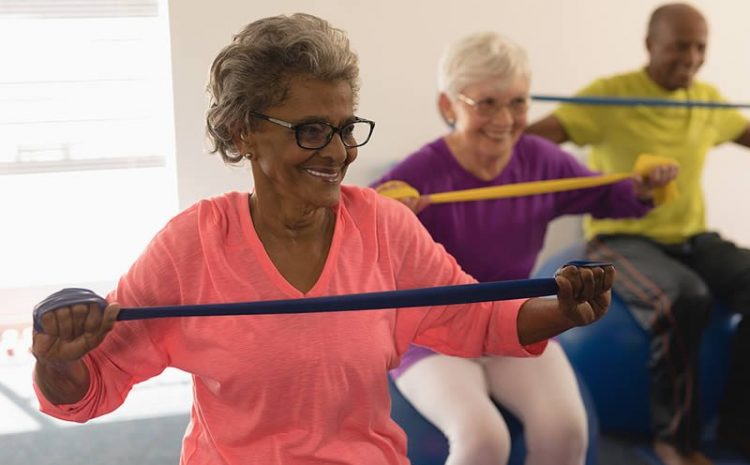
6 Best Exercises For The Older People You Need To Know
Seniors need to maintain an active lifestyle to reduce the chances of developing health problems like diabetes, heart failure, and degenerative diseases like Alzheimer. Exercise helps improve flexibility, balance, strength, endurance, and reduces the amount of time it takes to recover from an injury.
Exercises recommended for older adults should focus on all parts of the body i.e., by developing a routine that ensures all the parts of the body are active.
Our professionals build exercise regimens customized for each patient depending on their condition. Here are some basic exercises we recommend for them:
Please note this information is for educational purposes. We understand that not all aged people might be effectively able to perform them due to physical or medical challenges. Some exercises also require the guidance of a professional physical therapist.
BRISK WALKING
It is a less intense aerobic exercise compared to running or jogging.
Experts at GoCare recommend this form of exercise for healthy seniors who want to improve gait and increase stride. It also keeps the heart healthy and has less impact on the joints.
Brisk walking helps patients seniors improve posture as the back should remain straight, and the shoulders set backward for optimal benefits.
SQUATS
It is a great balance exercise for strengthening the lower body.
You don’t need any equipment to perform it though other variations are best performed using a chair. The individual lowers his body from a standing position into a semi-sitting position while keeping the back straight. Be sure to hold the position for a few minutes and rise to a standing position. Repeat two sets of 10 reps.
SWIMMING
It is another effective aerobic exercise that keeps the joints active without applying too much pressure. The water supports the body weight and creates resistance for additional strength training benefits.
Swimming is ideal for seniors who have osteoporosis and arthritis. Those who don’t know how to swim can use a swimming board which helps train the core and leg muscles.
We also encourage our patients to join aqua aerobic classes where they can perform a range of water exercises while standing in the pool.
LEG RAISES
This form of strengthens the lower back muscles, hips, thighs, and buttocks while improving balance. You can start with a back leg raise using a chair for balance. Lift one leg behind you and hold for some time and lower the leg without bending the lifted leg and keep the standing leg bent.
You can also do a side leg raise by standing behind a chair and lifting one leg sideways. It should be aligned from the heel to the hip while keeping the back straight. Complete two sets of 10 reps for each leg as you alternate between sets.
TAI CHI
Also known as a longevity exercise, Tai Chi is an ancient Chinese exercise which was first developed as a fighting art. It is perfect for older adults looking for low-impact exercises while still improving balance and flexibility.
Tai Chi is performed in groups making it the ideal activity for seniors looking to interact, relax, and improve focus.
ARM WEIGHTS
It is a strength training exercise that helps develop strong arms, strengthens the shoulders and the upper back muscles. It is easy to perform these exercises as you only need to stand or sit while holding weights at shoulder level and lift them before lowering them to the original position.
Let us know in the comment section below what we might have missed out.
